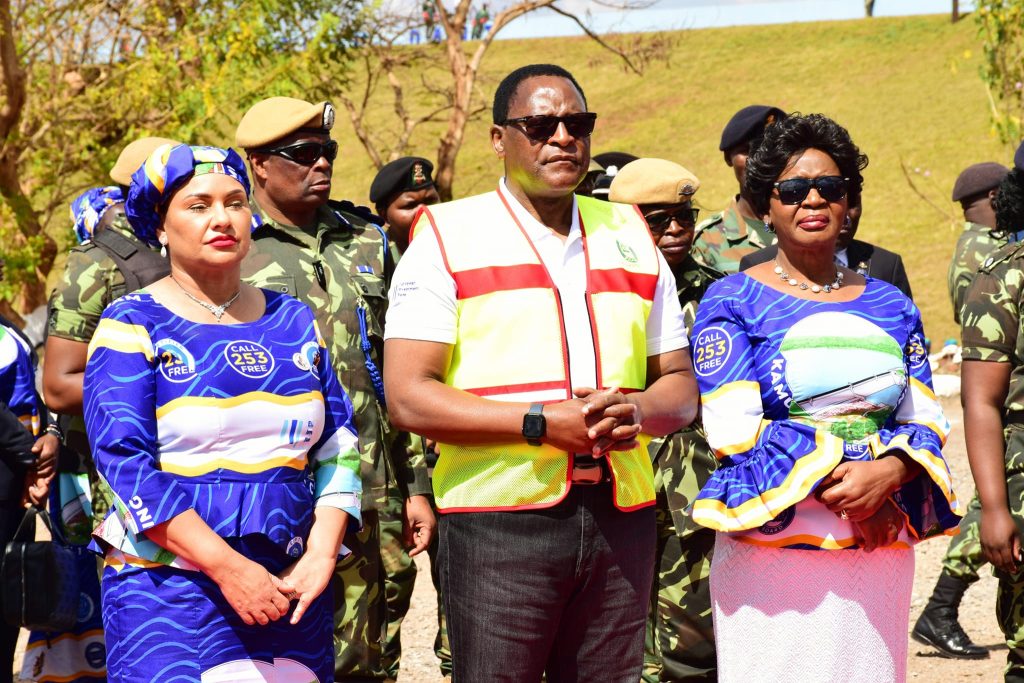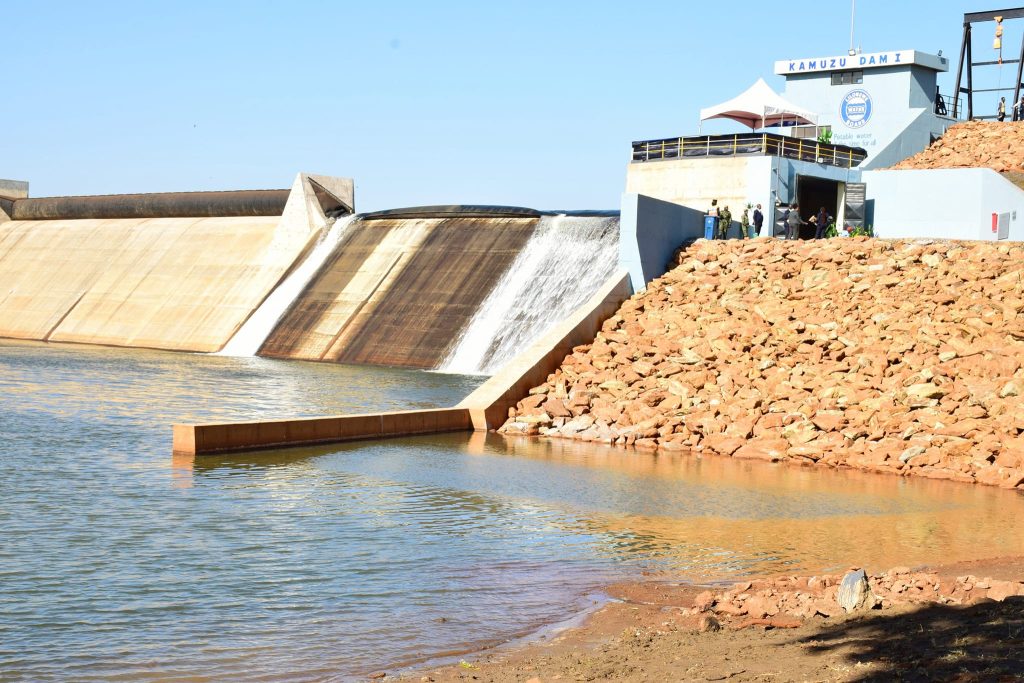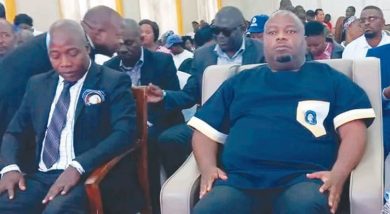Chakwera commissions Kamuzu Dam 1
President Lazarus Chakwera has admitted that Malawi has a long way to go to reach the 2030 Sustainable Development Goal of universal access to water and sanitation.
Speaking in Lilongwe yesterday when he commissioned Kamuzu Dam 1 at Malingunde which the Lilongwe Water Board (LWB) uses to supply water to Lilongwe, the President called on players in the water sector to be innovative and maximise the country’s water resources, which cover over 20 percent of the land area, to reduce water challenges.

He said Malawi’s long-standing problem has been a lack of proper management of its water resources “as a matter of priority and urgency, even as a matter of human rights.”
Said Chakwera: “This is why my administration tripled the budgetary allocation for the management of the country’s water resources, and also created a standalone ministry to oversee the implementation of the ambitious Sustainable Development Goal of reaching 100 percent water and sanitation access by 2030.”
He further called on development partners such as the European Investment Bank, which funded the 27 million euro rehabilitation of the dam, to keep the relationship with Malawi going and work together in resolving the challenges.

On his part, LWB board chairperson Paramount Chief M’mbelwa said following the rehabilitation works, which started in November 2018 but were halted due to the Covid-19 pandemic, the dam’s capacity have increased from five million cubic metres to 25 million cubic metres.
“This means that in an event where the dam is filled to capacity and there is no rain, the water board’s ability to continuously supply water to Lilongwe residents has increased from four months to 12 months,” he said.
According to M’mbelwa, the city’s water security risk was laid bare in 2016 when, amid a dry spell, the water board had to drastically ration water supply in the city.
“This necessitated a project that has just been opened now,” he said.
M’mbelwa added that LWBs journey of improving access to potable water for Lilongwe City residents does not end with the launching of the Kamuzu Dam 1, saying the board recognises the ever-growing water demand in Lilongwe.
To that end, he said there are other complementary projects that are in the pipeline, explaining: “The first project, whose financing has already been secured from the European Investment Bank, is the construction of a New Treatment Works 3, which will add an additional production capacity of 50 000 cubic metres per day to the existing production capacity of 125 000 cubic metres per day.”
The board chair said works on this project are scheduled to begin by September 2023 and that the added production capacity will meet the current water demand up to the year 2027, at which point it is envisaged that a new water source for Lilongwe would have been implemented to sustain water demand to 2040.
Speaking on behalf of the European Investment Bank, European Union Ambassador Rune Skinnebach said the EIB has been active in the water sector for the past decades in Malawi and it will be a priority for the years to come.
The envoy said in the past five years, the EIB has provided over 12 billion euro for clean energy, water, sustainable transport and health, among others
Skinnebach said the European Commission launched the Global Gateway Strategy to narrow the international funding gap in infrastructure investment and further improve trade with partner countries and step up investment in the digital and green transition, in sustainable growth and human development.





